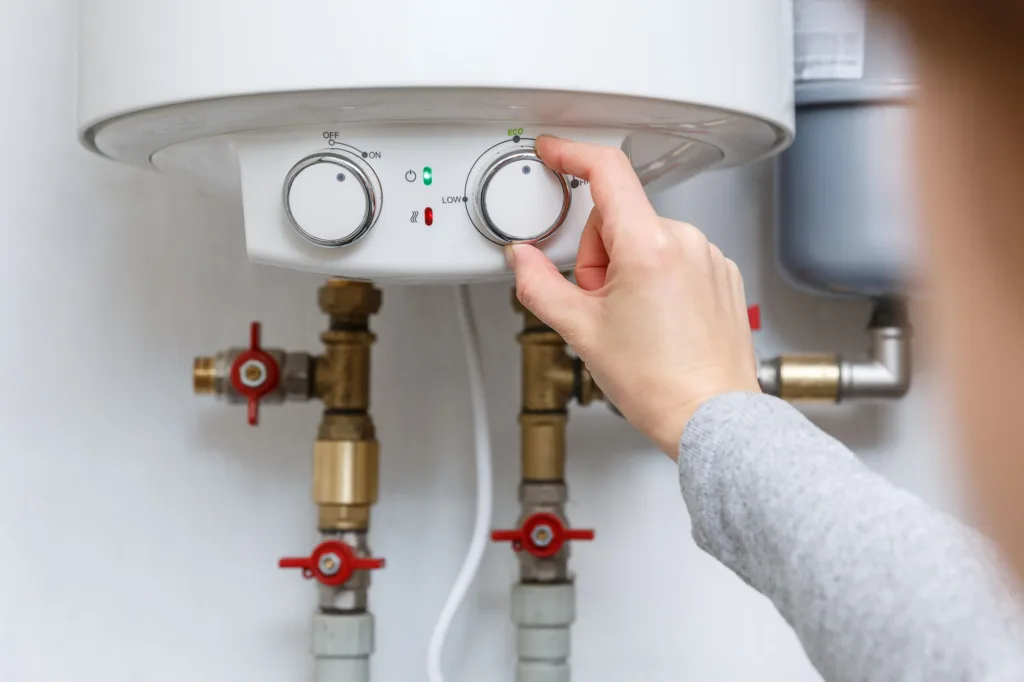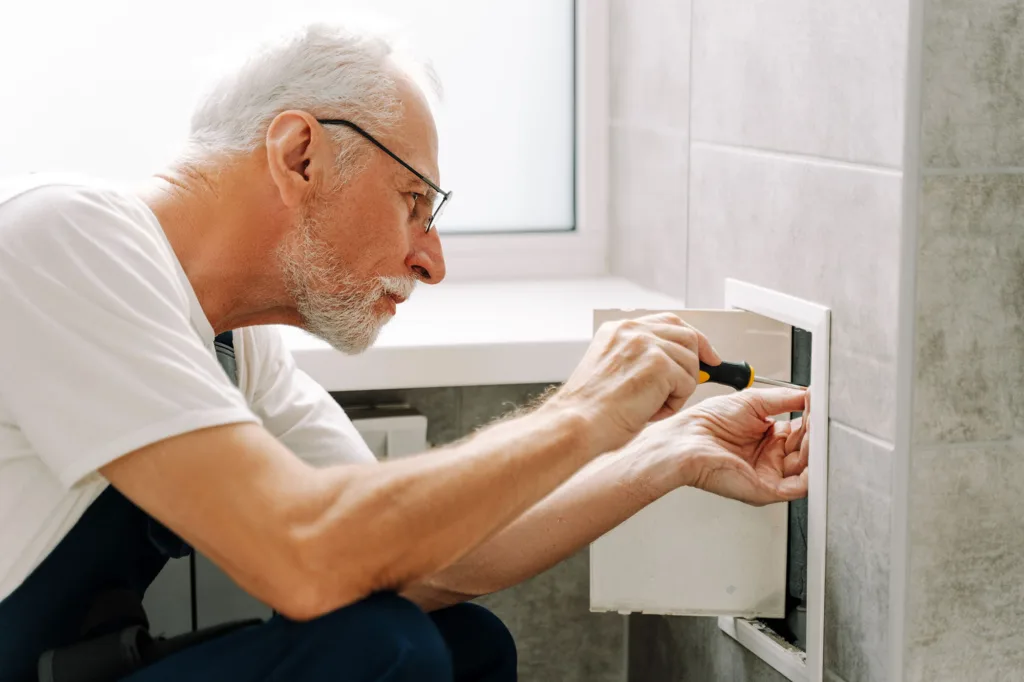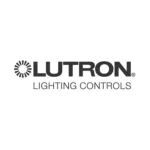Electricity and water are a dangerous combination, yet bathrooms are full of both. This makes electrical safety in the bathroom a top priority. From lighting and ventilation to heated towel rails and shaver sockets, every electrical component must be carefully selected and installed to comply with strict UK regulations. A well-designed bathroom should not only be safe but also stylish, offering modern features that enhance comfort and convenience.
Understanding the rules around bathroom electrical safety zones, choosing the right lighting, and ensuring proper ventilation are crucial steps in creating a functional space. Whether you’re planning a renovation or simply upgrading a few fixtures, it’s essential to know what’s permitted and what isn’t. Cutting corners on electrical work in a bathroom is never an option—it’s not just about compliance; it’s about preventing potentially life-threatening hazards.
This guide will take you through the key considerations for safe and stylish bathroom electrics, including safety regulations, lighting options, ventilation requirements, and modern electrical features that add both practicality and elegance to your space.
Bathroom Electrical Safety Regulations
Bathroom electrics are governed by strict safety standards to reduce the risk of electric shocks. The 18th Edition of the IEE Wiring Regulations (BS 7671) outlines clear rules for bathroom installations, including Ingress Protection (IP) ratings, the use of Residual Current Devices (RCDs), and the classification of electrical safety zones.
To ensure compliance, it’s always advisable to consult a qualified electrician. They can help assess your specific needs and install fittings in line with regulations. For professional guidance and safe installations, explore bathroom electrics services.
For more details on UK electrical regulations, refer to the official guidelines from the Institution of Engineering and Technology (IET): IET Wiring Regulations.
Bathroom Electrical Safety Zones Explained
Bathrooms are divided into different zones based on their exposure to water. These zones determine where electrical fittings can be safely installed.
Zone 0 – Inside the Bath or Shower
- This area is inside the bath or shower tray, where water exposure is at its highest.
- Only IP67-rated fittings (fully waterproof) are permitted.
- Electrical fittings in this zone must be extra-low voltage (12V max).
Zone 1 – Above the Bath or Shower
- Extends up to 2.25m from the floor, covering the area directly above the bath or shower.
- Only IP44-rated (splash-proof) fittings are allowed.
- Any electrical item in this zone must be RCD-protected.
Zone 2 – Surrounding the Bath and Basin
- Covers a 600mm perimeter around Zone 1, including the area around sinks.
- Requires a minimum IP44 rating for light fittings, fans, and mirrors.
Outside Zones
- Any area beyond Zone 2 where water exposure is minimal.
- Standard electrical fittings may be used, but an RCD is still recommended.
For a complete breakdown of UK bathroom electrical zones, check out this guide from Electrical Safety First: Bathroom Safety Regulations.
Choosing the Right Bathroom Lighting
Lighting plays a significant role in bathroom safety and aesthetics. The right choices can enhance visibility, create ambience, and comply with safety regulations.
IP-Rated Lighting Options
Since bathrooms have high moisture levels, IP-rated light fittings are essential. For instance:
- IP44-rated downlights and wall lights work well in Zones 1 and 2.
- IP65-rated lights are suitable for shower enclosures.
- IP67-rated lights should be used in Zone 0 (inside the bath/shower).
Task vs. Ambient Lighting
- Task lighting – Ideal for shaving, applying makeup, or grooming (e.g., LED mirror lights).
- Ambient lighting – Creates a warm, relaxing atmosphere (e.g., dimmable ceiling spotlights).
Smart Lighting Features
- Motion-activated lights for energy efficiency.
- Dimmable options to adjust brightness levels.
- Smart home integration for voice or app control.
For high-quality bathroom lighting recommendations, visit Lighting Industry Association: LIA Lighting Standards.
Ventilation and Extractor Fans
Moisture is the biggest enemy of bathroom electrics. Without proper ventilation, condensation can lead to mould growth, electrical hazards, and damage to fixtures.
Choosing the Right Extractor Fan
- Inline fans – Ideal for bathrooms without windows.
- Ceiling-mounted fans – Common in modern homes.
- Wall-mounted fans – Useful in compact bathrooms.
Humidity Sensors vs. Timer Controls
- Humidity sensors automatically turn the fan on when moisture levels rise.
- Timer-controlled fans continue running for a set time after the lights are turned off.
For reliable ventilation solutions, browse extractor fan options.

Additional Electrical Features for a Stylish Bathroom
A modern bathroom isn’t just about function—it should offer comfort, convenience, and efficiency.
Heated Towel Rails
- Keeps towels warm and dry while adding a touch of luxury.
- Should be IP-rated and safely positioned outside safety zones.
Electric Underfloor Heating
- Provides even heat distribution for maximum comfort.
- Must be installed with an RCD for safety.
Shaver Sockets and Mirror Demisters
- Shaver sockets must be isolated and installed in Zone 2 or beyond.
- Heated mirror pads prevent fogging, making them a practical upgrade.
For more inspiration on bathroom electrical features, see NHBC’s electrical installation guide: NHBC Electrical Safety.
FAQs
Can I install a standard light fitting in my bathroom?
No, bathroom lighting must have the appropriate IP rating. For example, IP44-rated lights are required for Zones 1 and 2, while IP67-rated fittings are needed inside showers or baths.
Why do I need an RCD for bathroom electrics?
An RCD (Residual Current Device) cuts off power instantly in case of an electrical fault, preventing electric shocks. It is legally required for bathroom circuits under UK regulations.
What’s the safest way to add a power socket near a bathroom sink?
Standard 13A sockets are not allowed inside bathrooms. However, a shaver socket with an isolating transformer may be installed at a safe distance from water sources.
Conclusion
A well-designed bathroom balances safety, style, and practicality. Understanding safety zones, IP ratings, and ventilation requirements ensures a compliant and hazard-free space. Smart lighting, extractor fans, and energy-efficient heating solutions can transform your bathroom into a functional yet luxurious retreat.
For expert guidance on bathroom electrics, reach out to Wave Electrical Solutions. Whether you’re upgrading your lighting or installing an extractor fan, professional advice ensures safety and compliance.










